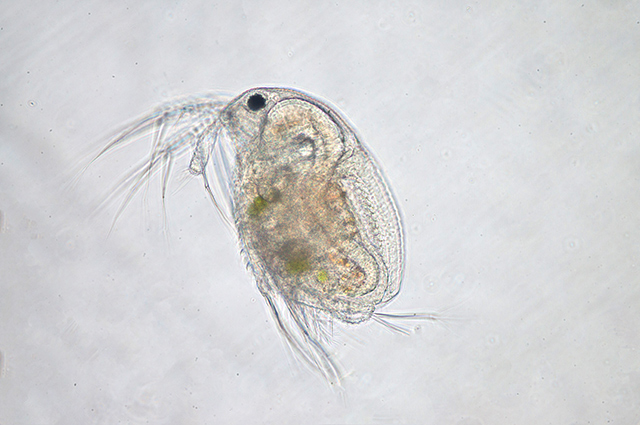Technology has come a long way since the original International Mars Sample Return Conference in 2008, where experts talked about the possibility of collecting rock samples from Mars and returning them to Earth for analysis. In an article from The Conversation, this dream may soon come true, which could finally provide researchers with conclusive evidence of ancient alien life.
Landers are now capable of touching down at precise spots on the surface of the planet. They can deliver rovers that will amble across the rugged terrain, drill into the soil, grab samples, and haul them back to their mother-ship for storage.
Furthermore, contamination-prevention technology is now sufficient to prevent the nightmare scenario of introducing potentially deadly foreign contaminants to either Mars or Earth. The “chain of contact” can now be broken, and researchers will be able to study Martian samples with little fear of an outbreak.
Believing the time is ripe, the European Space Agency (ESA) and NASA have entered an official agreement. The two agencies will start working on an interplanetary mission to Mars that will collect samples from the soil. (Related: Why did Mars dry out? NASA space telescope reveals insights.)
Fossil evidence might be waiting for Mars rock sampling mission
A few pounds of space rocks might seem like a poor reward for the years and billions invested into a Mars mission. But it is the best way to determine if the harsh surface of the Red Planet could support life – or if it once did so.
Photographs of the Martian landscape show formations that used to host bodies of water. Spacecraft have been able to pick up the presence of water-related minerals across the face of the planet.
Water is one of the building blocks of life. Mars may have lost most of its liquid water a long time ago, but NASA’s Mars Reconnaissance Rover has sniffed out ice beneath the reddish soil.
Rovers like Curiosity have also confirmed that the vanished waters of Mars contained certain minerals that support microbial populations on Earth. Researchers admit that hypothetical Martian bacteria would have died when the water dried up, but they also say those microbes could have left fossil evidence behind.
Even on Earth, analyzing fossils of micro-organic origin is a challenge. Genetic testing and similar verification techniques need very complex chemical processes or specialized equipment like a synchrotron. These systems are too bulky for existing spacecraft, and even spaceships built during the 2020s will probably be unable to carry them.
Martian meteorites provide indirect and insufficient data on their home planet
Mars has been generous enough to sling meteorites towards Earth. The number and variety of these space rocks have shot up during the 2010s. They have taught researchers a lot about the flowing water, geology, and atmosphere of Mars.
But even these rock samples pose mysteries that resist the best efforts to decipher them. A meteorite says nothing about the place on Mars from which it came from.
Frustratingly, the vast majority of these rocks are igneous rock, solidified magma or lava that was expelled by volcanic activity. These rocks are very poor at holding fossils for obvious reasons.
Sedimentary rocks are the best at preserving fossil evidence. However, no such meteorite has been recovered yet. Experts suspect sedimentary rocks either cannot survive the launch process from Mars or are blending in with Earth’s own sedimentary rocks.
Direct soil sampling is the best way to determine the ability of Mars to support life in the past or the present. Spacecraft need to land, grab numerous samples from as many locations as possible, and take them back to Earth.
Read more articles about ongoing efforts to find life on Mars at Space.news.
Sources include:
TheConversation.com
NASA.gov




















